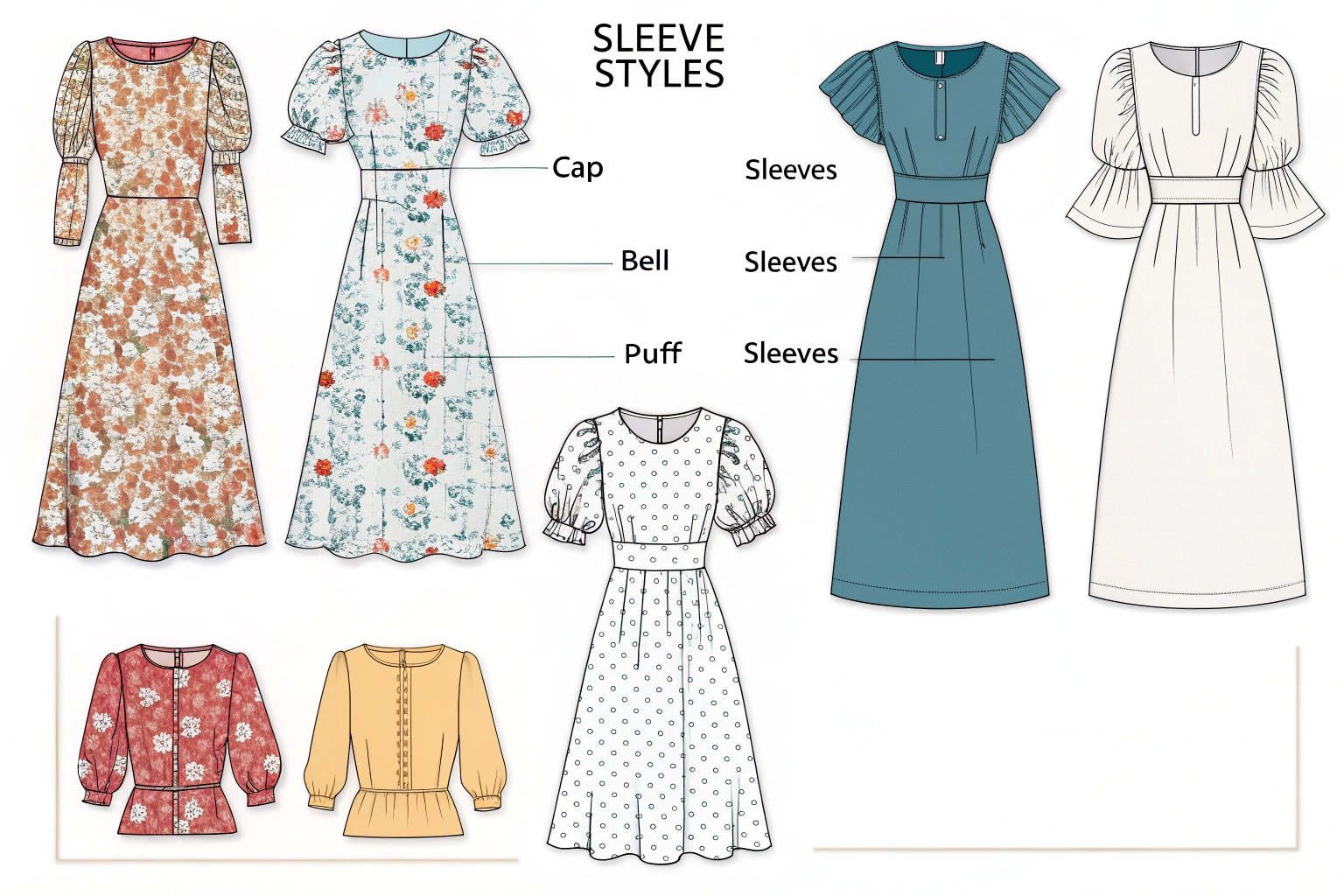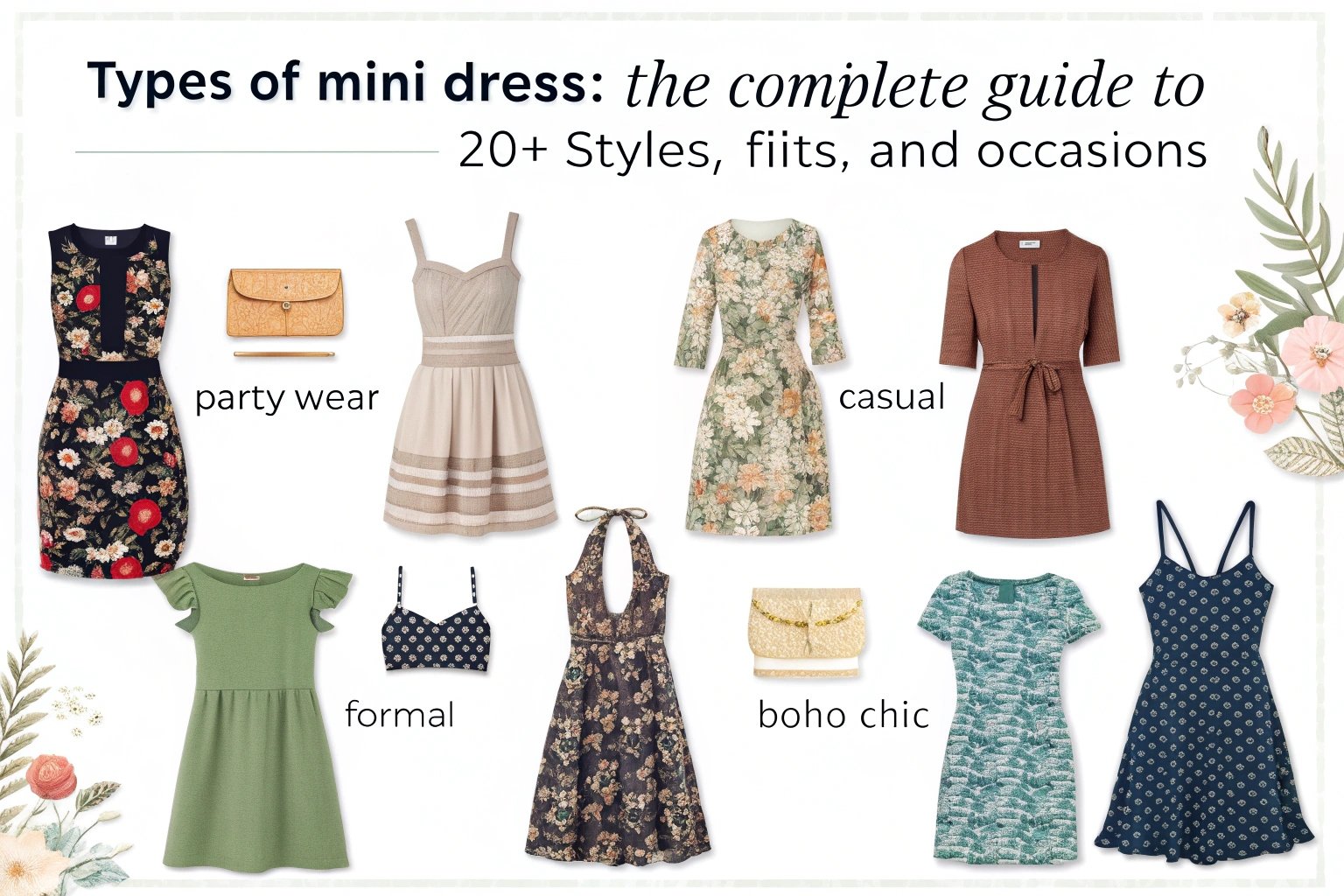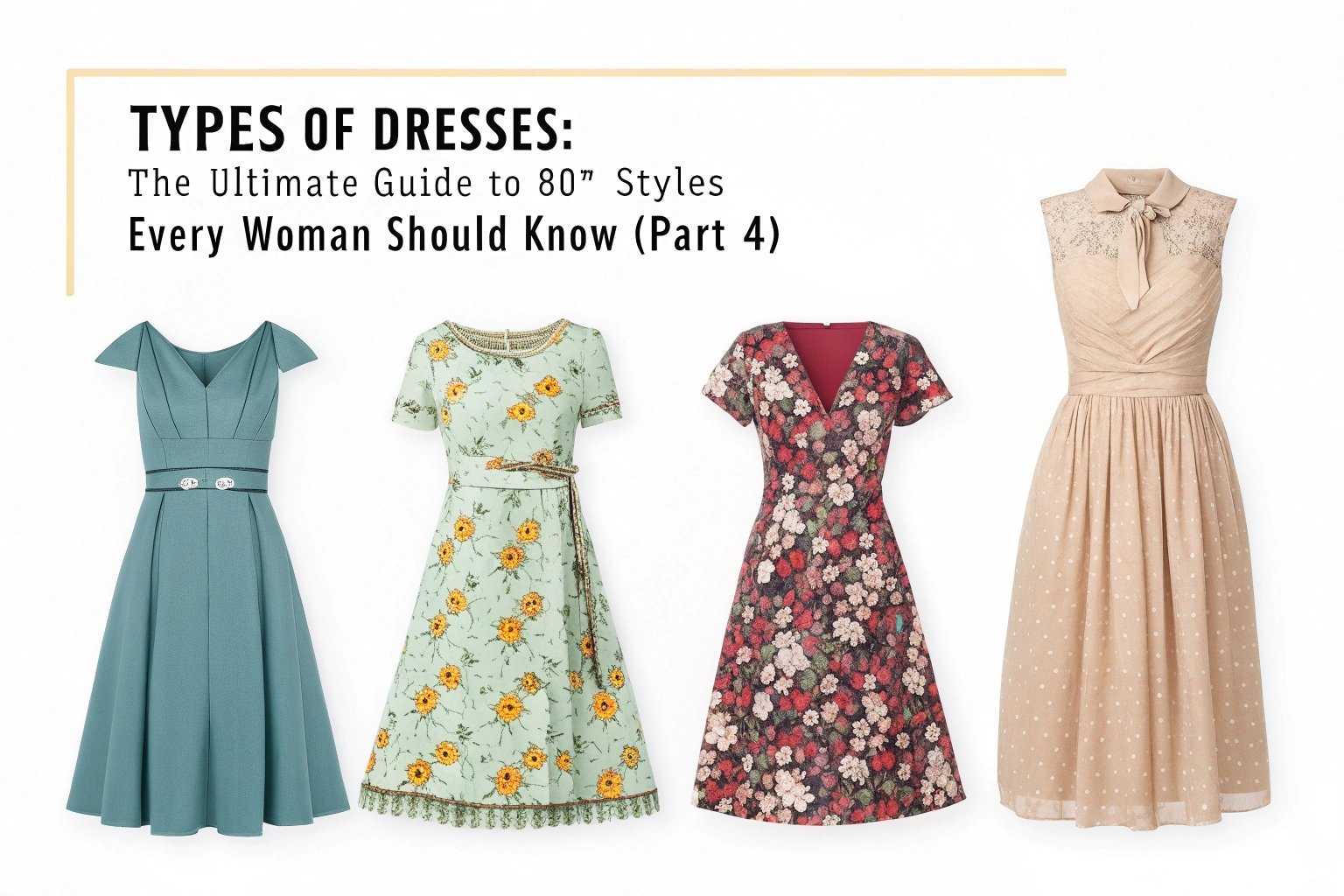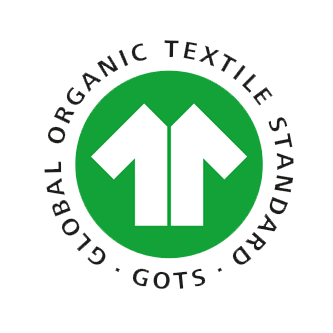Linen and cotton are two of the most widely used natural fibers in the global fashion industry, each with a loyal following. At Xzapparel, we manufacture both extensively, often guiding brand clients on which material to choose for their collections. But when comparing the two, especially in their purest forms, many clients ask—Is 100% linen better than cotton?
100% linen outperforms cotton in breathability, moisture-wicking, and eco-friendliness, while cotton remains softer, more versatile, and easier to care for. The better option depends on design goals, climate, and brand positioning.
Choosing the right one means weighing performance, cost, aesthetics, and customer expectations. Let’s dive deeper.

How do the fibers differ structurally?
Linen comes from flax stalks, while cotton comes from the seed hairs of the cotton plant. This difference defines their behavior in textiles.
Linen fibers are long, smooth, and rigid, while cotton fibers are shorter, fluffier, and more elastic.
Fiber Property Comparison
| Property | Linen | Cotton |
|---|---|---|
| Fiber Length | Long, straight | Medium-short, crimped |
| Texture | Crisp, slightly coarse | Soft, fluffy |
| Strength (dry) | Stronger than cotton | Weaker than linen |
| Elasticity | Very low | Moderate |
| Absorbency | High | High |
| Sheen | Natural luster | Matte |
The fiber foundation influences everything from wrinkle potential to dye uptake and drape.
Which fabric is more breathable?
100% linen wins in airflow.
Linen allows more air to pass through, keeping the body cooler, especially in humid climates.
Cotton also breathes but can retain heat and feel damp when saturated. That’s why linen is the go-to for summer tailoring and resortwear.
Is linen more sustainable than cotton?
Generally, yes—especially if organic.
Linen requires less water, fewer pesticides, and can grow in poor soil. Cotton, unless organically farmed, is water-intensive and chemically dependent.
Environmental Impact Snapshot
| Factor | Linen | Cotton (conventional) |
|---|---|---|
| Water Use | Very low | Very high |
| Pesticides | Minimal | Heavy use |
| Biodegradable | Yes | Yes |
| Crop Yield Speed | Slow | Faster |
We always recommend GOTS-certified cotton or European-grown flax for brands targeting the eco-conscious segment.

How do they compare in softness and comfort?
Cotton is softer from day one.
Linen starts off crisp and slightly coarse, but softens over time with each wash. Cotton, by contrast, is smooth and gentle from the beginning.
This makes cotton ideal for loungewear, undergarments, and basics. Linen fits better in structured or premium seasonal apparel.
Which one wrinkles more?
Linen, clearly.
Due to its rigid fiber structure and lack of elasticity, 100% linen wrinkles easily, especially at points of movement or compression.
Cotton wrinkles too, but much less noticeably. For travel-ready or business wear, cotton blends are often more practical.
What are their maintenance and care differences?
Linen needs more care.
Linen is prone to shrinking, wrinkling, and fading if washed improperly. Cotton is easier to machine wash and handle.
Maintenance Overview
| Aspect | Linen | Cotton |
|---|---|---|
| Washing | Cold wash, air dry preferred | Machine wash friendly |
| Ironing | Needs steaming/pressing | Light iron or wrinkle-free |
| Shrink Risk | High (if untreated) | Moderate |
| Colorfastness | Variable | Good with reactive dyes |
For brands, clear care labels are essential, especially for linen-rich collections.
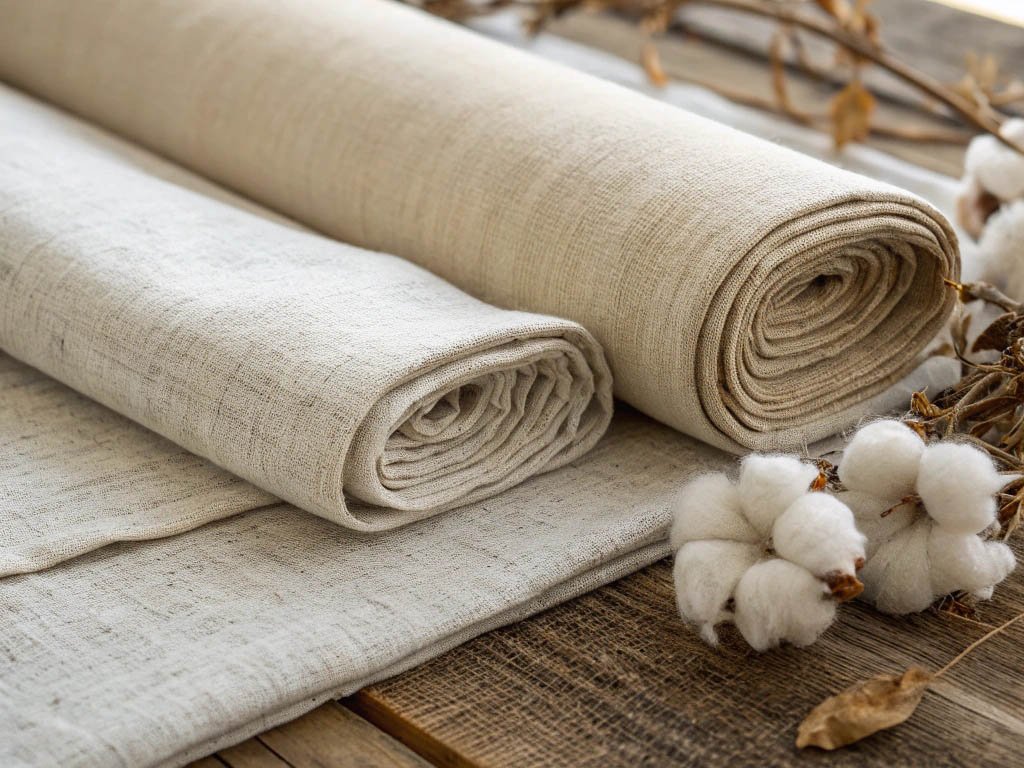
How do they behave in different garment types?
Linen excels in relaxed silhouettes; cotton suits close-to-body wear.
Linen shines in shirts, dresses, and summer pants, while cotton works across all garment categories, especially fitted ones.
Garment Application Chart
| Garment Type | Best Material Suggestion |
|---|---|
| T-shirts | Cotton |
| Button-down shirts | Linen or linen-cotton blend |
| Lounge sets | Cotton or cotton-modal |
| Resortwear | Linen |
| Business shirts | Mercerized cotton |
| Dresses (summer) | Linen |
| Dresses (casual) | Cotton |
At Xzapparel, we often use linen-cotton blends to get the best of both worlds for certain client briefs.
What about cost and price positioning?
Linen usually costs more.
Flax cultivation, manual processing, and slower weaving make linen pricier to produce. Cotton’s scale advantage and industrialization lower its cost.
Brands can use this price gap to create tiered collections:
- 100% Cotton: Entry range, casual wear
- Linen Blend: Mid-tier, elevated summer styles
- 100% Linen: Premium range, limited edition/resort collections
We help clients choose fabric mix ratios that match target MSRP bands.
How does dye and print performance compare?
Cotton wins for vibrant consistency.
Linen absorbs dye fast but unevenly, often leading to patchy color or texture. Cotton holds dye evenly and is more predictable.
For colorful prints, digital cotton printing is smoother. For rustic solids or muted tones, linen offers natural variation.

Which one lasts longer?
Linen lasts longer—if treated right.
Linen’s fibers are stronger, especially when wet. Cotton degrades faster with repeated washing.
However, cotton is easier to preserve across colors and shape. Linen requires careful seam construction and proper storage.
Are there hybrid options?
Absolutely—and they’re popular.
Linen-cotton blends combine strength, softness, wrinkle resistance, and improved drape.
At Xzapparel, we source blends in varying ratios like 55/45, 70/30, and 60/40 to meet the needs of both aesthetics and cost.
Conclusion
Linen isn’t categorically better than cotton—it depends on context. For premium summer fashion, sustainable branding, and breathable comfort, linen excels. For softness, price, and ease of use, cotton remains unbeatable.
If you’re unsure which direction to take, we at Xzapparel can help build a swatch strategy, sample pack, and test collection for your brand.
Want to develop a capsule using linen, cotton, or a blend tailored to your market?
Let’s start the sourcing conversation today.


